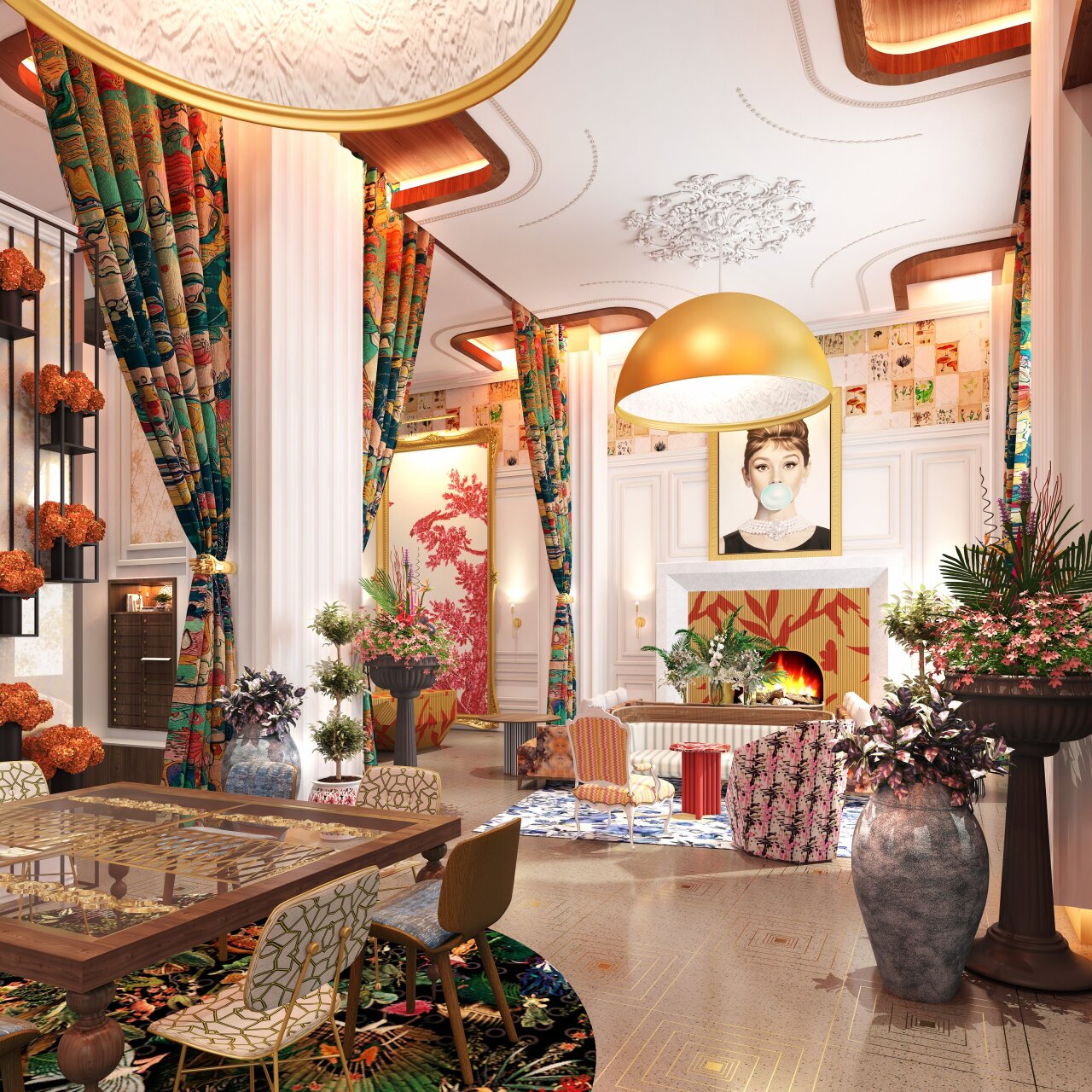Construction and renovation projects are plentiful along West Fourth Street, from Vine Street to Central. One happens to be the 31-story, century-old Fourth and Vine Tower, also called PNC Tower and formerly the Union Central Tower. It's the third tallest building in downtown Cincinnati. A $75 million revitalization plan will begin this month with the goal of transforming the office tower into an apartment tower.
“This will represent about 300 apartments," said Jonathan Holtzman, CEO of City Club Apartments. "We’re going to start construction we think around the end of March. Seventeen months later will be the first move-ins. And, we’re going to add more retail.”
This isn't Holtzman's first historic restoration project in Cincinnati. Two years ago, his company completed the restoration of the City Club Apartments, which is the annex to the Fourth and Vine Tower.
“You get to create lifestyle," he said. "So, we integrated valet parking. We integrated specialty market. We integrated a coffee shop. We have a 24-hour concierge like a five-star hotel."
The connected skyscraper, he said, was always part of the plan to create a "city within a city."

Holtzman said the plan is to offer lots of amenities, like pools, a movie theater, a day spa and first-floor retail.
“We’re going to add a dynamic health club downtown Cincinnati," he said. "We’re going to add a pet store. We’re going to add a hair salon."

Construction crews will have to be careful to preserve historic elements, such as decorative details around the elevators, terrazzo flooring and the terracotta exterior. Currently, there is scaffolding around the building to catch falling pieces of the facade. Holtzman called in special architects to determine the best remedy for the building.
“It’s been completely examined," Holtzman said. "And that facade might cost $5-10 million to restore.”
Holtzman said his company purchased and restored a number of historic buildings in cities including his hometown of Detroit, Chicago and Minneapolis. Other developers and preservationists believe an influx of residential units is the key to revitalizing downtown Cincinnati. The thought is with more people living Downtown, more people may work, shop and play there, too.
“We did retail, we did office, we did sports and we forgot about housing, which really, in the final analysis or the first analysis, is what makes it work,” said Jim Tarbell, a local historic preservation consultant.
He grew up around West Fourth Street and is encouraged by the transition that is underway.
“We’ll continue to see what we’re seeing now and that is that these historic buildings are being totally redone. I mean almost totally redone, every square inch,” Tarbell said. “They’re not just moderate rehabs, they’re very strong statements about the value of these buildings and preserving them.”
Dan Schimberg is president of Uptown Rental Properties, which owns about 300 apartment units in the historic district. He's taking old buildings and re-purposing them.
“We have what we feel is affordable workforce housing on a per-square-foot basis," Schimberg said. "These are some of the least expensive apartments downtown that are in the condition that they’re in, which is all newly renovated and refreshed.”
He also has worked on the Biltmore Apartments, which are a few blocks away and include a two-level penthouse unit that is completely renovated with a walkout deck overlooking downtown Cincinnati. It's part of the Historic West Fourth Street District, which is on the National Register of Historic Places. That designation has helped some developers qualify for historic tax credits to help offset their costs. The Fourth and Vine Tower restoration project was awarded $5 million in Ohio Historic Tax Credits.
Diversifying the income levels in the area is also desirable, according to Holtzman.
“The second building is going to be ten percent affordable," he said. "We’ll add that element as well. All the way to having very dynamic penthouses."
The pandemic did impact the occupancy rates at the City Club Apartments, but Holtzman said occupancy rates are already increasing.
"You're still dealing with a lot of people that love urban and they’re waiting it out,” said Holtzman.“We expect that this setback will come back. You know with the vaccine and everything else, things (will) come back.”
Tarbell agreed.
“Despite the pandemic and all of its glory, things are really beginning to happen here," he said.
But he has one key request about the historic buildings downtown: “Just don’t tear it down. It will find its place in the new order if we just don’t tear it down.”







